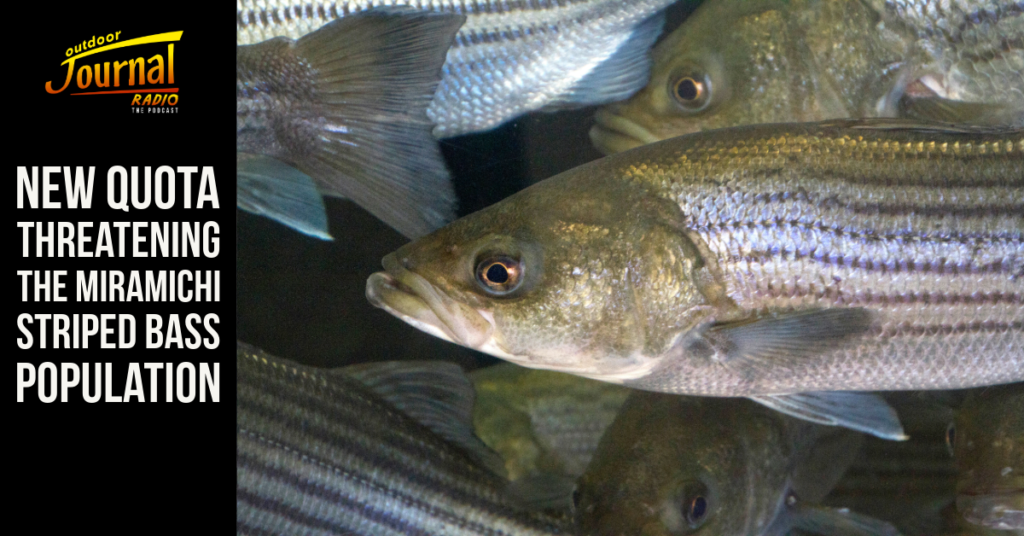As heard on Outdoor Journal Radio
While those of us immersed in recreational fishing tend to lose touch with the sustenance component of our hobby, a new study shows just how significant the food value of rod and reel fishing still is.
The study found that around 280 million recreational anglers catch roughly 1.3 million tons of freshwater fish every year. This means that recreational fishing contributes significantly to the total fish yield of inland fisheries worldwide with 11.3% of the reported 11.5 million tons of freshwater fish being caught by anglers.
Of these numbers, Canada is far and away consuming the most fish per angler from inland waters, with Poland and Argentina coming in close behind.
Why this matters
As said at the beginning of this story, those who spend most of their time fishing for recreation tend to lose sight of the fact that fishing, at its core, is a method of gathering food.
According to people like Shane Mahoney, this disconnect is not necessarily a good thing.
Shane, and many others, argue that in an age of people disconnected from where their food comes from, the only way fishing (and hunting) will survive long into the future is through through highlighting the mediums as a “legitimate and necessary means of food acquisition”.
Studies like this, as well as Shane’s Wild Harvest Initiative, are doing an excellent job of re-establishing this idea and, hopefully, will influence non-anglers that fishing is more than just “playing with your food”.







